Emergence of 5G Technology
The rollout of 5G technology is poised to be a transformative force for the EMC Testing Market. With its promise of faster data speeds and enhanced connectivity, 5G is driving innovation across various sectors, including telecommunications, automotive, and healthcare. As 5G networks become more widespread, the demand for devices that comply with electromagnetic compatibility standards will increase. In 2025, the 5G market is anticipated to surpass 700 billion dollars, underscoring the need for effective EMC testing solutions. Manufacturers must ensure that their products can operate seamlessly within the 5G ecosystem, which will likely propel growth in the EMC Testing Market as companies seek to validate their technologies.
Expansion of Automotive Electronics
The automotive industry is undergoing a transformation with the integration of advanced electronic systems, which significantly drives the EMC Testing Market. As vehicles become increasingly reliant on electronic components for safety, navigation, and entertainment, the need for comprehensive EMC testing becomes paramount. In 2025, the automotive electronics market is expected to exceed 300 billion dollars, indicating a robust demand for EMC testing services. This growth is fueled by the rise of electric vehicles and autonomous driving technologies, which require stringent electromagnetic compatibility assessments. Therefore, the EMC Testing Market is poised for expansion as automotive manufacturers prioritize compliance and performance.
Regulatory Compliance and Standards
Regulatory compliance remains a critical driver for the EMC Testing Market. Governments and regulatory bodies worldwide enforce stringent standards to ensure that electronic devices do not interfere with each other and operate safely. In 2025, the global regulatory landscape is expected to evolve, with new standards emerging to address the complexities of modern technology. Companies must adhere to these regulations to avoid penalties and ensure market access. This necessity for compliance drives demand for EMC testing services, as manufacturers seek to validate their products against established standards. Consequently, the EMC Testing Market is likely to witness sustained growth as compliance becomes increasingly integral to product development.
Rising Demand for Consumer Electronics
The increasing demand for consumer electronics is a primary driver of the EMC Testing Market. As technology advances, devices such as smartphones, tablets, and wearables are becoming more prevalent. This surge in consumer electronics necessitates rigorous testing to ensure compliance with electromagnetic compatibility standards. In 2025, the consumer electronics sector is projected to reach a valuation of over 1 trillion dollars, highlighting the need for effective EMC testing solutions. Manufacturers are compelled to invest in EMC testing to avoid costly recalls and ensure product reliability. Consequently, the EMC Testing Market is likely to experience substantial growth as companies strive to meet regulatory requirements and consumer expectations.
Growth of Telecommunications Infrastructure
The expansion of telecommunications infrastructure is a significant driver of the EMC Testing Market. As the demand for high-speed internet and mobile connectivity continues to rise, telecommunications companies are investing heavily in new technologies and equipment. In 2025, the telecommunications sector is projected to reach a market size of over 2 trillion dollars, necessitating robust EMC testing to ensure that new devices and systems function without electromagnetic interference. This growth in telecommunications infrastructure creates a substantial need for EMC testing services, as companies strive to maintain service quality and reliability. Thus, the EMC Testing Market is expected to benefit from this ongoing expansion.


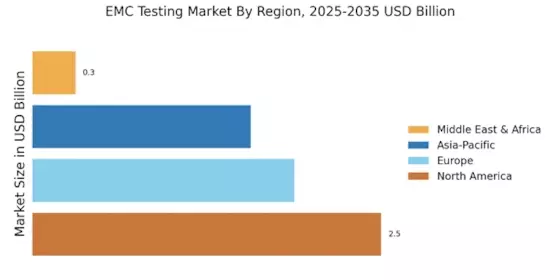
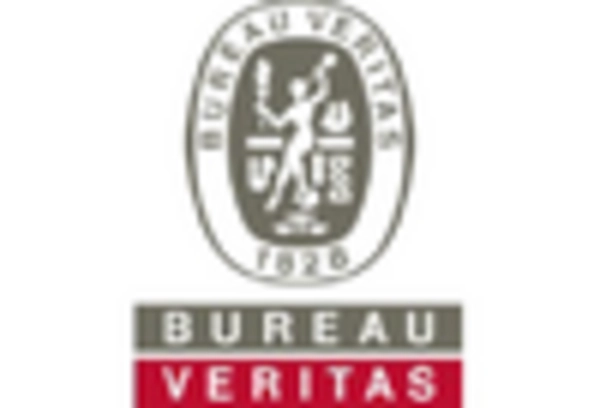

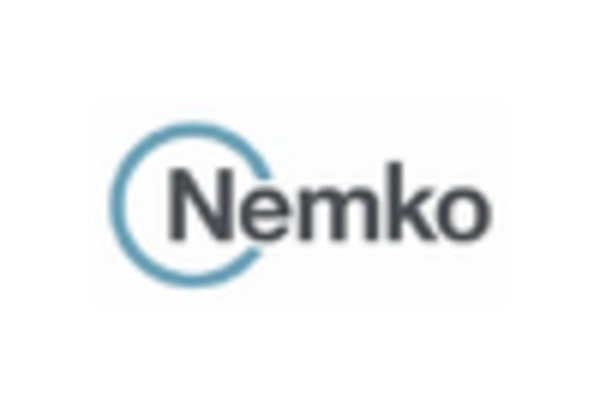
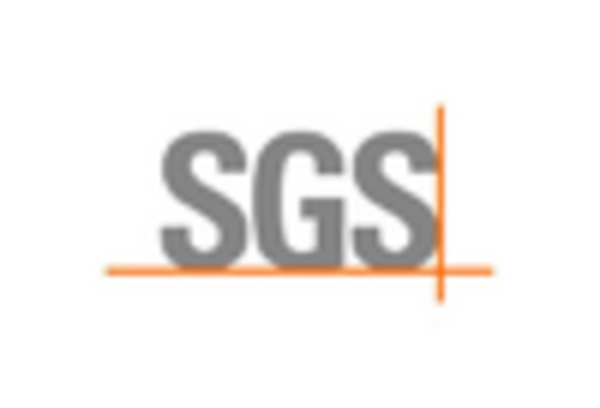
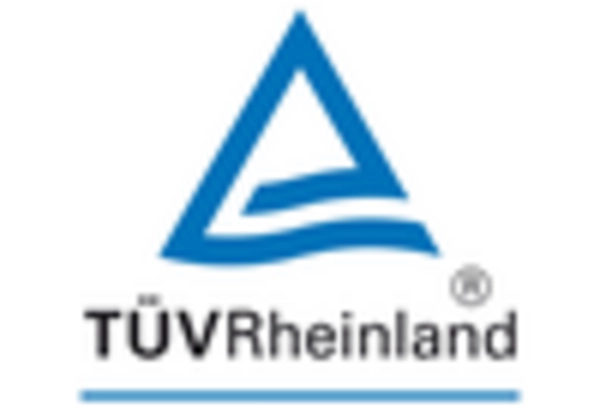
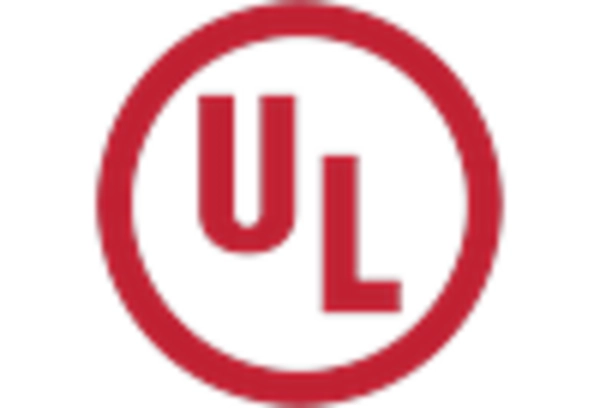








Leave a Comment